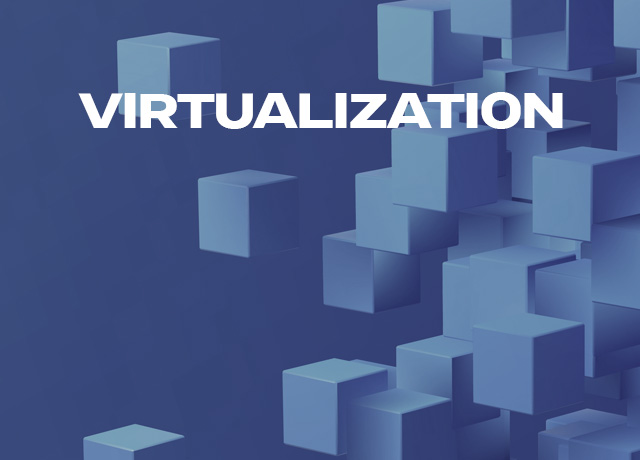Virtualization
Virtualization refers to the creation of virtual (non-physical) versions of resources such as computers, servers, operating systems, networks, or storage devices. It enables the consolidation and efficient use of hardware resources as well as the isolation and management of software applications and environments.

There are different types of virtualization, including:
- Server Virtualization: In server virtualization, a physical server is divided into multiple virtual servers (VMs). This allows multiple operating systems and applications to run independently on the same physical server, improving hardware utilization and saving costs.
- Desktop Virtualization: Desktop virtualization enables desktop operating systems and applications to be centralized and run on remote servers in virtual machines. Users can access their virtual desktops through a remote connection, providing flexibility and scalability.
- Network Virtualization: Network virtualization allows the division of a physical network into multiple virtual networks. This enables logical separation and independent management of different networks and subnets, improving scalability and security.
- Storage Virtualization: Storage virtualization combines multiple physical storage devices into a single virtual storage pool. This increases storage efficiency, simplifies management, and improves scalability.
Benefits of virtualization include reducing hardware costs, energy consumption, and space requirements, simplifying resource management, improving hardware resource utilization, rapid deployment of virtual machines, and increased flexibility in resource scaling. Additionally, virtualization facilitates the implementation of high availability solutions, software testing, and data backup.

Our Partners



Cookie Notice
We use cookies to provide the best possible service. By using this website, you agree to the use of cookies.
